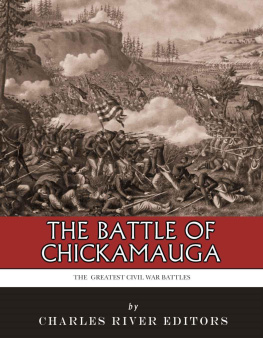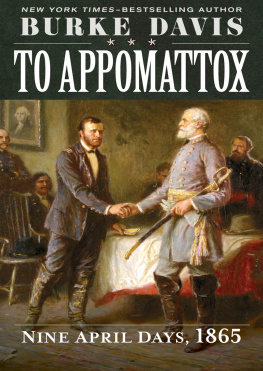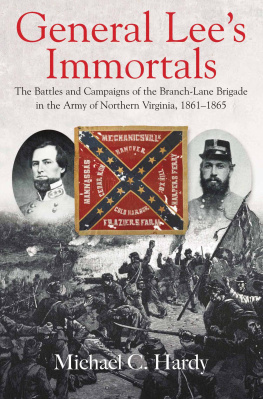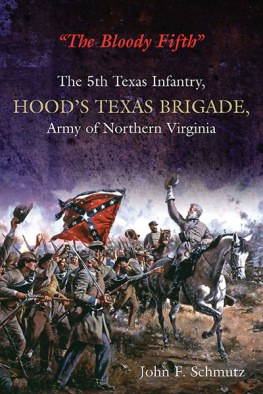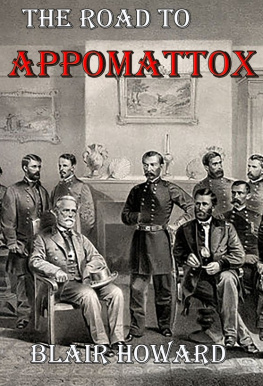Published by Louisiana State University Press
Copyright 1987 by Louisiana State University Press
All rights reserved
Manufactured in the United States of America
Designer: Christopher Wilcox
Typeface: Baskerville
Typesetter: G&S Typesetters, Inc.
Louisiana Paperback Edition, 2002
13 12 11 10 09 08
6 5 4 3
Library of Congress Cataloging-in-Publication Data
Jones, Terry L., 1952
Lees Tigers.
Bibliography: p.
Includes index.
1. LouisianaHistoryCivil War, 18611865Regimental histories. 2. United StatesHistoryCivil War, 18611865Regimental histories. 3. Confederate States of America. Army of Northern VirginiaHistory. 4. VirginiaHistoryCivil War, 18611865Campaigns. 5. United StatesHistoryCivil War, 18611865Campaigns. I. Title.
E565.4.J65 1987 973.7'455 86-27627
ISBN 0-8071-1314-X (cloth); ISBN 978-0-8071-2786-5 (pbk.)
The paper in this book meets the guidelines for permanence and durability of the Committee on Production Guidelines for Book Longevity of the Council on Library Resources.

PREFACE AND ACKNOWLEDGMENTS
A s the sun slowly set, Generals Robert E. Lee and Jubal A. Early anxiously watched as Earlys division advanced across a rugged, open plain toward the Union positions. The ragged gray line suffered occasional casualties as federal gunners found the range and pounded it with solid shot and canister. Steep hills and deep gullies further broke up the Confederate charge as the rebels closed in on the Union breastworks. Watching from his vantage point, Early became dismayed when it appeared that his division would be repulsed before even closing with the enemy. Suddenly, his spirits lifted as he watched General Harry T Hayss Louisiana Brigade rush in and penetrate the enemy line. The blue defenders could be seen scampering back to a secondary position, only to be swept away again by the surging gray tide closing in behind them. As the victorious rebel yell rose over the field, Early momentarily forgot Lee beside him and jubilantly threw his hat on the ground, crying, Those damned Louisiana fellows may steal as much as they please now!
General Early was only one of many Confederate officers who struggled with the paradox known as the Louisiana Tigers. He tended to agree with those who called the Tigers wharf rats from New Orleans and the lowest scrapings of the Mississippi, who plundered and foraged on farms wherever they camped. But the Tigers were reliable in combat, and the general readily forgave them their past transgressions as he watched the Louisianians swarm over two Union lines near Fredericksburg. Even though this charge of May 4, 1863, was finally contained and then repulsed by the federals, the Louisiana Tigers had once again proven themselves to be the premier shock troops of the Army of Northern Virginia.
The fierce reputation of the Tigers was well earned, for Louisiana probably had a higher percentage of criminals, drunkards, and deserters in its commands than any other Confederate state, probably because of the great number of poor foreigners who filled the states ranks. The Irish and Germans made excellent fighters, but many were newcomers to America and had little enthusiasm for the war. Thus many deserted when a chance arose to escape the rigors and danger of campaigning. Other foreigners who enlisted off the rough New Orleans waterfront, where drinking, fighting, and thievery were a way of life, naturally brought their vices with them to the army. This is not to imply that all of Louisianas foreign soliders fell into this category. The majority did not. Most of the Irish and Germans were dedicated soldiers who behaved as well as native-born Americans. Nevertheless, these foreign-dominated units were most often mentioned in connection with such deviant behavior.
No one Louisiana unit can be singled out as being responsible for creating the Tigers infamous reputation. Major Roberdeau Wheats 1st Special Battalion is most often cited by historians as being the unit first nicknamed the Louisiana Tigers and of spawning the image associated with that name. One company in Wheats Battalion, the Tiger Rifles, did lend its name to the entire Louisiana infantry, and no one can doubt that the battalion played a significant role in creating the reputation that surrounded the Tigers. But it was not Wheats men who first spread the fear and apprehension that came to be associated with the Louisiana troops. Two other Louisiana commands, the 1st Battalion, Louisiana Zouaves (Coppens Battalion), and the 14th Louisiana Volunteers, initiated this image by their wholesale rioting, looting, and robbery. These two units did more to tarnish the image of Louisianas soldiers during the first few months of the war than Wheats Battalion did during its entire existence. In creating mayhem, even Wheats desperadoes could not match the Irish, Germans, and Creoles of Coppens Battalion and the 14th Louisiana Volunteers.
In an effort to glorify the Louisiana troops, some historians only lightly treat these negative aspects of the Tigers, or else make their deeds seem more like childish mischief than criminal behavior. Such apologies are unnecessary. Despite the Tigers reputation, the Confederate commanders time and again called on them in the most desperate situations. From First Manassas to Appomattox they consistently played key roles in the most important campaigns. It was the Louisianians who held back the initial federal onslaught at First Manassas, made possible General T. J. Stonewall Jacksons famed Valley Campaign, contained the Union breakthrough at Spotsylvanias Bloody Angle, and led Lees last offensive actions at Fort Stedman and Appomattox. For all their vices, weaknesses, and failings, Lees Louisiana Tigers emerged from the Civil War with one of the most respected military records of any southern fighting unit.
Many works have dealt with the Louisiana Tigers, but no comprehensive study of them has ever before been undertaken. To portray accurately the role the Louisiana soldiers played in the Army of Northern Virginia it is necessary to go beyond the readily available sources and thoroughly research the numerous manuscript collections that have been neglected for so long. The letters, diaries, and muster rolls found in these collections contain a wealth of information that cannot be obtained elsewhere. To ferret out such material requires luck, patience, and the help of persons familiar with the documents. I was most fortunate, for the various library and archival personnel consulted during this project invariably proved to be most helpful and willing to make the extra effort often needed to turn up useful material. A special thanks is extended to the staff of the Inter-Library Loan Departments of Texas A & M University, College Station, Texas, and Northwestern State University, Natchitoches, Louisiana, for making available elusive printed sources. Thanks are also in order to the archival staffs of the following institutions for their indispensable aid in locating important manuscript collections: Louisiana State Archives and Loui siana State University, Baton Rouge, Louisiana; Virginia Historical Society and the Museum of the Confederacy, Richmond, Virginia; Duke University, Durham, North Carolina; the University of North Carolina, Chapel Hill, North Carolina; the National Archives and Library of Congress, Washington, D.C.; Centenary College and Louisiana State University at Shreveport, Shreveport, Louisiana; New York City Public Library, New York, New York; University of Michigan, Ann Arbor, Michigan; Northwestern State University, Natchitoches, Louisiana; East Carolina University, Greenville, North Carolina; University of Texas, Austin, Texas; Fredericksburg and Spotsylvania National Military Park, Fredericksburg, Virginia; the Huntington Library, San Marino, California; and the Mansfield State Commemorative Area, Mansfield, Louisiana. I would also like to recognize the Texas A & M University Graduate Colleges minigrant program, which helped fund a significant portion of my research at these institutions, and Donald Hunter, who prepared the maps included in this study.



